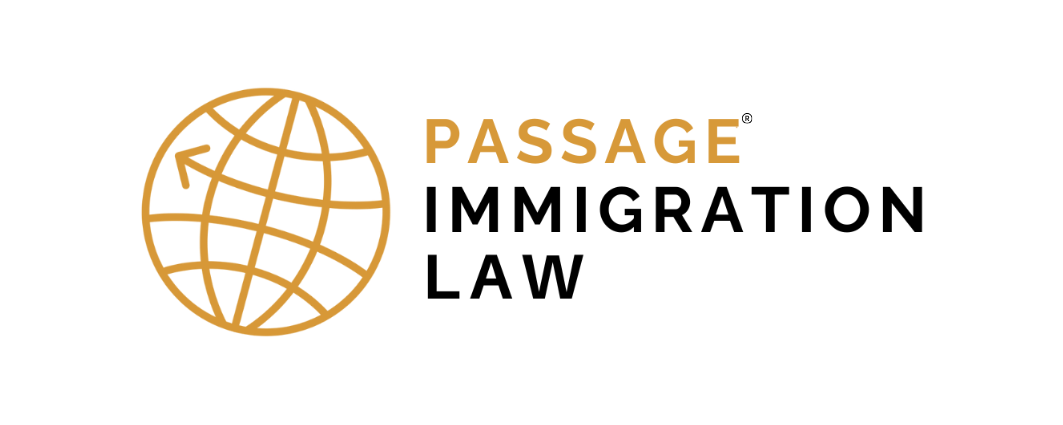Passage Immigration Law is based in Portland, Oregon, so it should come as no surprise that we’re huge fans of coffee. In fact, there’s an ongoing debate in our office about who brews the better cup –– Barista or Nossa Familia. But it’s not just the caffeine that excites us –– it’s also coffee’s rich and international history.
Coffee was first discovered several hundred (maybe a thousand?) years ago in Ethiopia. Since then, it has traveled around the world and is cultivated in countries as varied as Colombia, Vietnam, Kenya, Guatemala, Cambodia, Uganda, Mexico, Indonesia, Ethiopia, Jamaica, and Yemen. Of course, it’s enjoyed in far more countries than that!
Coffee’s name reflects its international history. The word “coffee” comes from the Dutch word “koffie,” which came from the Turkish word “kahve,” which in turn came from the Arabic word “qahwa.” That mocha you ordered this morning? It was named after a port in Yemen. Java? That’s an island in Indonesia. A French press? Actually, it was invented in Milan, Italy. (;
Perhaps more interesting than its name is how coffee journeyed across the globe.
Legend has it that coffee was discovered long ago by a shepherd in Ethiopia. He noticed his goats became restless after eating red cherries on a shrub. After trying it for himself, the shepherd became invigorated and excitedly shared his discovery with friends and family. Word of this magic cherry spread and sparked a long tradition of Ethiopians using them making a weak tea.
Some time later, a religious scholar in Mocha, Yemen, decided to roast these beans and soak them in hot water. The result was pretty close to the coffee we drink today and soon coffee houses spread across the Middle East, where they were meeting spaces for lively discussions, music, and activism. The port city of Mocha became famous for its coffee exports, which drove other port traffic for other goods as well. Coffee became so valuable to the local economy that exporting the plants became a crime!
In the 1500s, a man named Baba Budan from Karnataka, India, tried coffee while visiting Yemen. He loved the drink and wanted to share it with his friends and family. He was told he could take as many roasted beans home as he liked, but was forbidden from taking a single seedling home. So he put on a loose-fitting garment, strapped a few seedlings to his body, and returned to India, where he promptly planted seven coffee plants. These seven plants grew into millions and India is now the world’s sixth-largest coffee producer!
In 1615 coffee made its way into Europe, where it was imported from by Venetian businessfolk. The Dutch East India Company caught wind of the trend, which was spreading across Italy, and sent Pieter van Den Broecke to buy some seedlings from Mocha. Like Baba Budan, he had to sneak them out! However, the Dutch quickly learned that Holland’s climate was not well suited for farming coffee and, in 1658, the plants were shipped to the colony in Java, Indonesia.
Coffee grew exceptionally well in Java, and the Dutch East India Company became as protective of the cash-crop as the Yemenis. However, the Dutch monopoly came to an end in 1713 when the mayor of Amsterdam gifted some coffee plants to King Louis XIV, of France. Ten years later, a French navy officer set sail for the Caribbean with some coffee plants in tow and he planted them on the island of Martinique and later in French Guiana.
In 1727, a Brazilian man named Francisco de Melo Palheta traveled to settle a border dispute between French Guiana and Dutch Guiana. He grew fond of coffee during his stay, but the French guarded their coffee plants as closely as the Dutch and Yemenis. So he charmed the governor’s wife, and convinced her to sneak him several seeds. Palheta planted these seeds in Brazil, and the country is now the largest producer of coffee in the world!
For the next few decades, England’s North American colonies were one of Brazil’s largest markets. Colonists drank coffee and tea in equal measures until 1773, when colonists poured thousands of boxes of tea into the Boston Harbor to protest high taxes. Ever since, coffee has been a staple in American culture.
Today, coffee continues to fuel people around the world and from all walks of life. In fact, our small team thrives on it!







